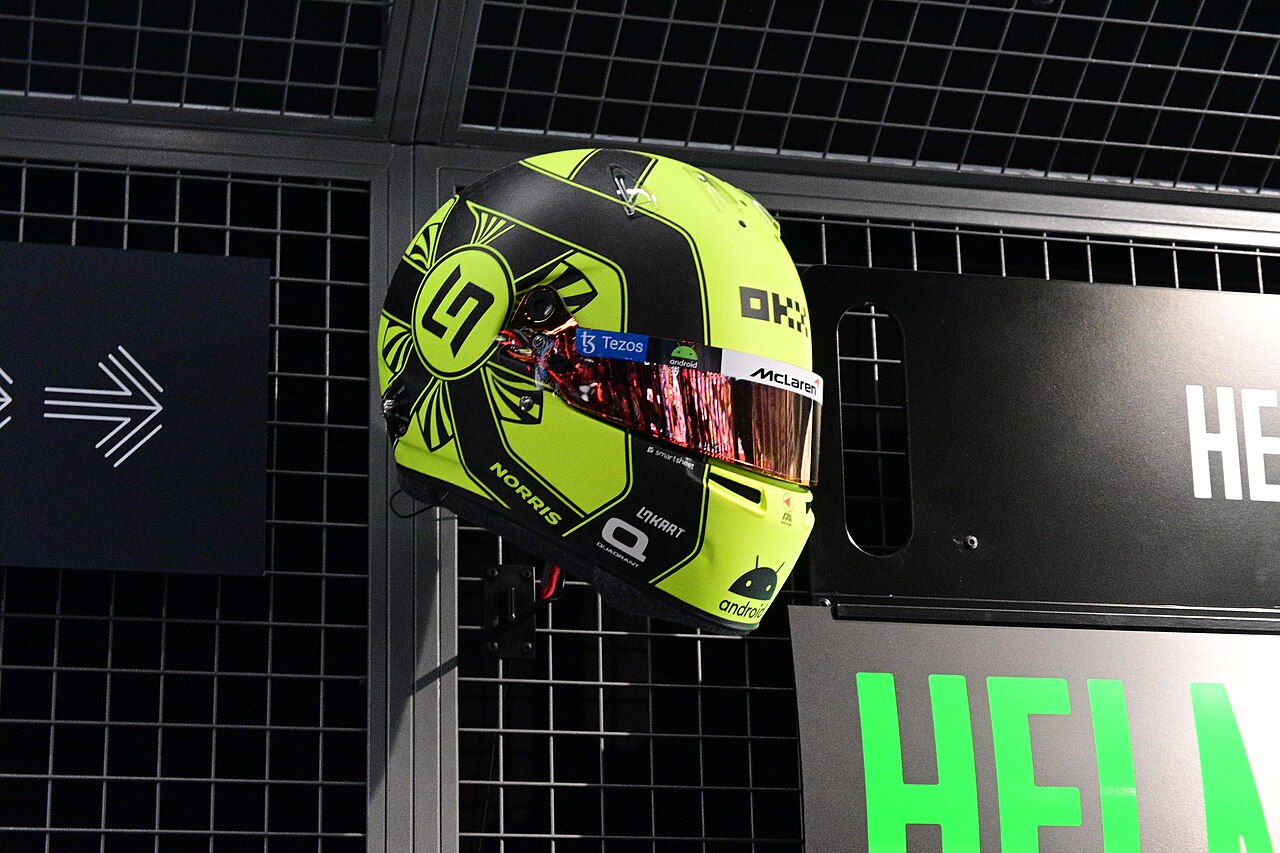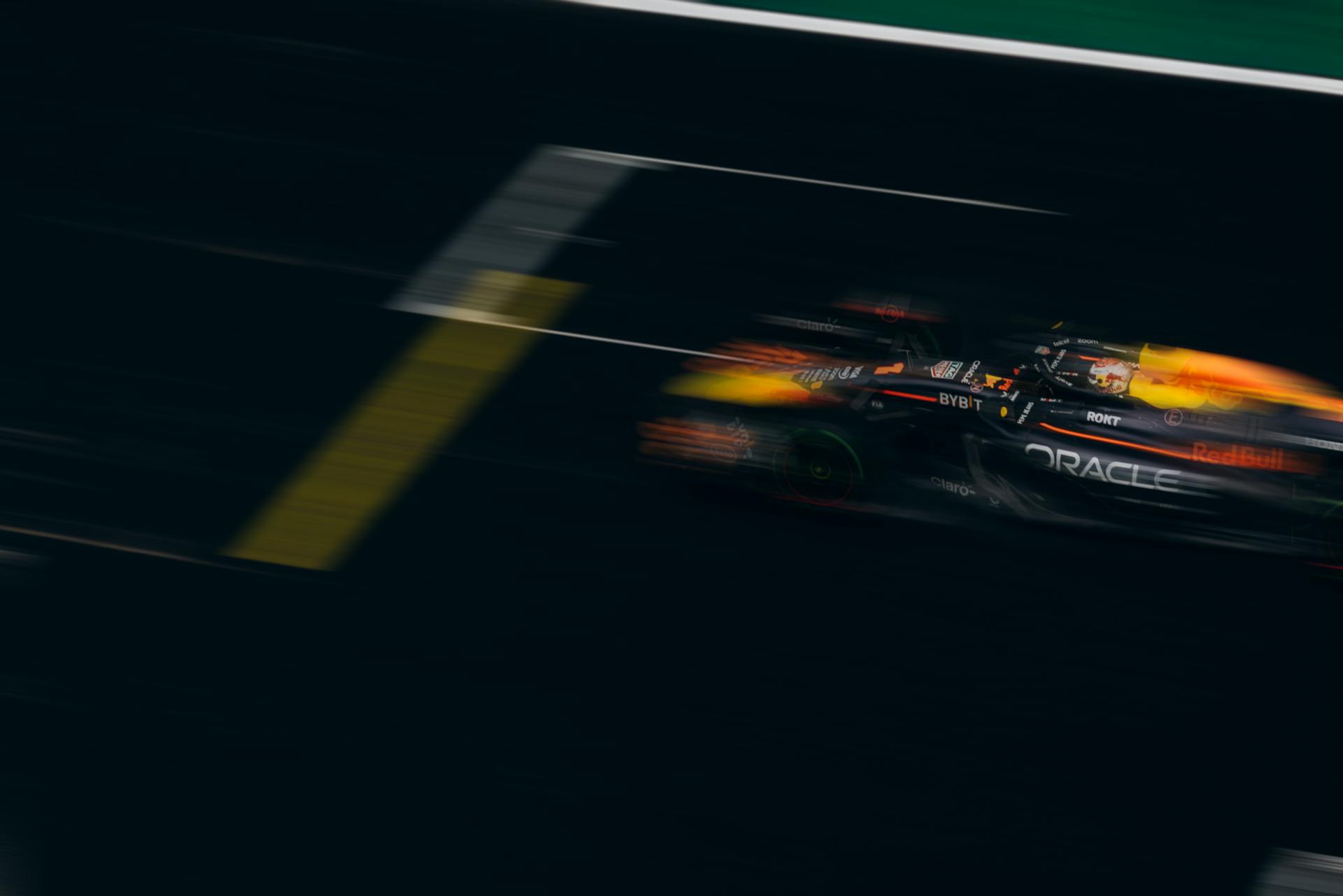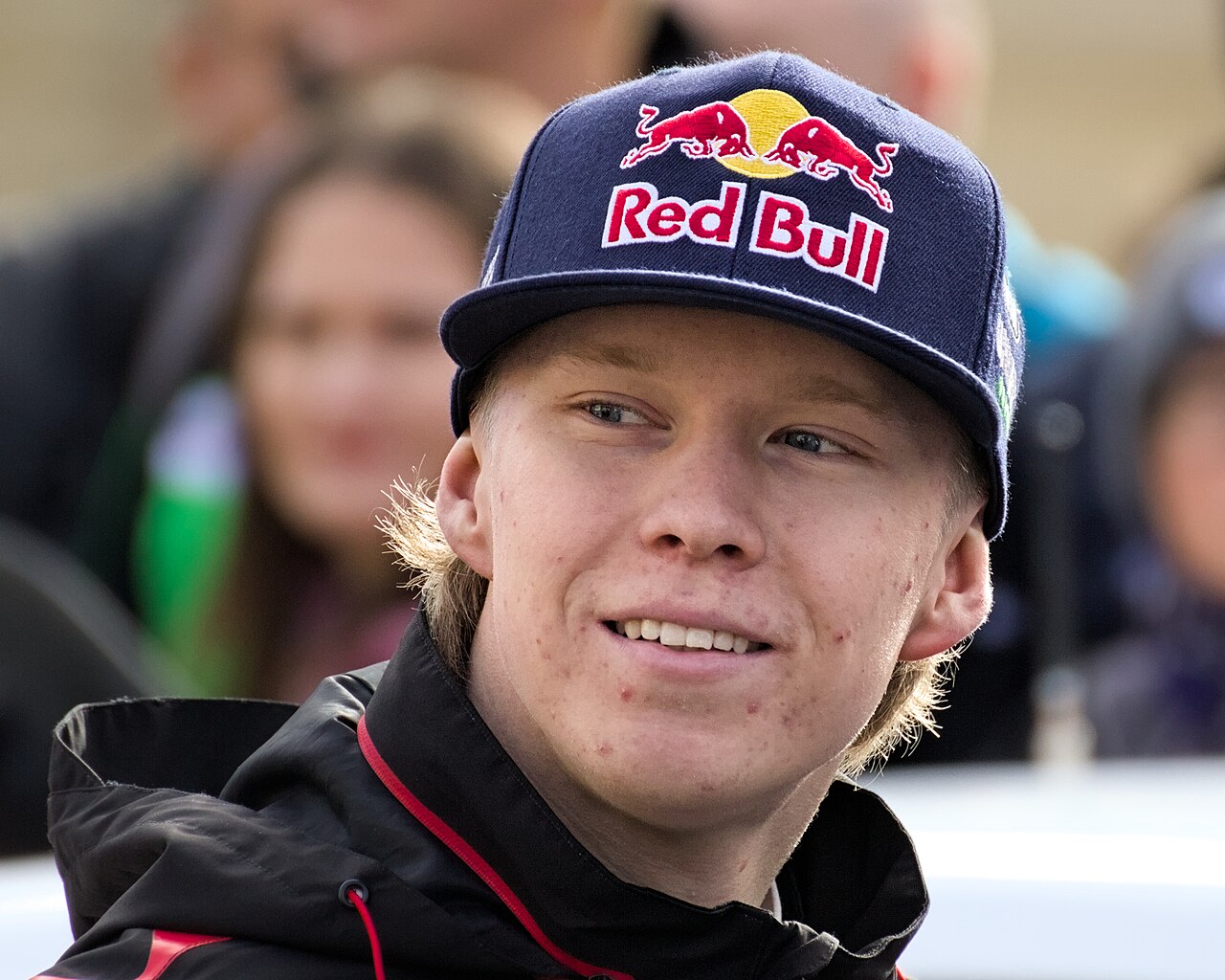Formula 1 drivers wear the hat for interviews, press conferences and moments with the public and media because it is a very important space of visibility for sponsors and brands.
In the top motorsport series, the ceremonial of how drivers present themselves to the press is quite complex and well codified: several details, now accomplished very naturally, that have very defined communication and marketing strategies at their base.
No wonder. On such prestigious stages and with such wide global visibility, riders and drivers are the brightest star in the firmament and one of the focal points of media and fan attention. Each of their appearances is carefully thought out and designed to be commercially and communicatively beneficial to the properties and rights holders.
This strategy includes clothing, accessories, hats, watches and more. Communication media that are there both because they are largely aspirational and because they are extraordinarily visible.
The visibility of sponsorship in Formula 1 and MotoGP.
The strategic use of the hat (usually a baseball cap, but in the past sometimes also replaced by a cap or, for Texas races by a cowboy hat) has much to do with visibility studies in sponsorships.
In the past, it used to be believed that the size-in terms of surface area-of a logo was the key to success. The bigger a sponsor was, the more effective it was. In contrast, modernity and recent exposure detection systems have scientifically demonstrated that it is the positioning and legibility of the logo itself, rather than its size, that is more important.
As is evident, the needle in the balance is very often the television and photographic shots that portray drivers and team principals during live broadcasts or in photo shoots: close-ups or half-busts that have the focus on the face and the first part of the torso, leaving everything else virtually invisible. In essence, a huge logo placed where it cannot be seen is absolutely useless.
The hat in this plays a decisive role since it is precisely where there is the greatest attention of the fan: the face and head of the rider.
Why pilots wear hats
For the reasons described above, the hat becomes an excellent communication tool as it enjoys extraordinary visibility.
The logos of sponsors, properties, and-in some cases-even social and solidarity messages gain unparalleled prestige and exposure from that support.
The use of the hat, in most cases, is not voluntary. It is the teams and managers who ask their riders to wear headgear as soon as they get out of the car or motorcycle, as soon as they enter a press conference, or when they leave hotels and motorhomes. It is not unusual to see assistants or communication officers very solicitously hand out hat, water bottle and watch the moment an athlete faces the cameras.
Of course, there are exceptions to this unwritten rule. It made headlines in 2015, for example, when Mercedes driver Lewis Hamilton decided not to wear the team’s official hat as it did not conform to his taste and, in his words, was bad for his image.
What hat do the pilots wear?
Astute observers are well aware that the hat our favorites wear is not always the same. Again, in fact, several commercial agreements govern the use of this valuable medium.
In the case of MotoGP and Formula 1, for example, it is the tire suppliers Michelin and Pirelli that appear on the caps that the top three finishers in the race wear on the podium and in the parc fermé. Blue in the case of MotoGP and black in the circus, the hats with the tire manufacturers’ logos are handed out at the finish line and are personalized with the flag of the host country and the rider’s placement at the finish line, from first to third.
Different, however, is the hat pilots use for media appearances, press conferences and meeting with fans. Those without such commercial endorsements usually use the team hat, featuring the team logo, main sponsor and the number with which they compete in the race. On the other hand, those who, as in the case of Alonso with the Kimoa hat or Aleix Espargaro with the famous pink RAW hat, have commercial agreements that include the presence of the sponsor brand, can replace it as long as this activation is agreed with the team and not in conflict with other sponsors.
The pilots’ hat as a cult object
It is easy to see how such an accessory could immediately become an object of desire for fans and enthusiasts. It is certainly not new to motorsports or something unknown to the rest of sports marketing.
Indeed, it was the Major League of Baseball that gave popularity to the baseball cap, back in the postwar years. In baseball, the cap is an obligatory part of game attire, and has always been personalized with the teams’ logos: famous are the blue caps of the New York Yankees, the red ones of the Boston Red Sox, or the navy-colored ones of the Los Angeles Dodgers. The baseball cap has quickly become an indispensable youth fashion accessory, an object of representation and belonging, and one of the most extraordinary products of international sports marketing.
So it is not surprising that other major global sports properties, such as motorsports, are also making visor hats worn by drivers on the track the centerpiece of their merchandising strategy. Famous is the case of Mercedes, which produced an entire line of hats with the big Stuttgart star logo in a multitude of colors, from pink to Petronas green to white, cleverly having Hamilton himself wear them (who now found them more to his liking) and then selling tens of thousands of them to fans around the world.








